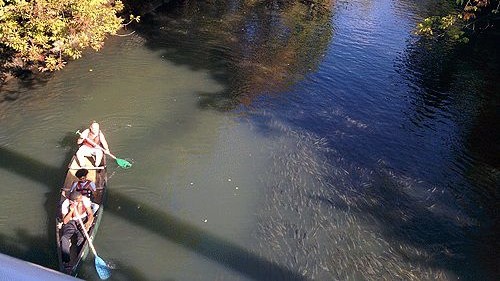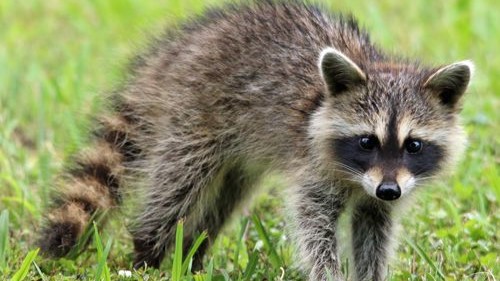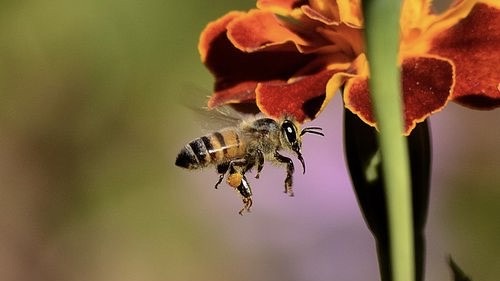Kids have pets of all kinds: dogs, cats, hamsters, gerbils, ferrets, and fish. Some schools have pets in the classrooms, like turtles or an iguana. But have you ever heard of pet trees?
Eighty fourth-grade students at the Bronx Community Charter School planted 40 seedlings and took care of them for eight weeks. The program, called “A Tree Grows in the Bronx,” was part of an effort to restore the native plant habitat along the Bronx River in New York.
The Bronx River travels 23 miles from Westchester, New York, through the Bronx, which is part of New York City. It is the only freshwater river in New York City and is a place where people can canoe, fish, and enjoy nature. However, some invasive plants were preventing native trees and shrubs from growing along the river’s banks. Invasive plants are those that come from somewhere else and spread so quickly that they leave no room for the local plants that are supposed to be there.
The New York City Parks, The New York Botanical Garden, Bronx Community Charter School, Bronx House, and Bronx River Alliance all got together and created a plan. They wanted to get rid of the invasive plants and replace them with native trees and shrubs, such as button bush, silky dogwood, and pussy willows.
Therefore, four fourth-grade classrooms took care of 10 tree seedlings each for eight weeks. They watered them and kept them alive and well until it was time to plant them outdoors. They also spent those weeks learning about the importance of trees to the environment. They learned that trees can prevent erosion. In addition, trees can cool the air because they release moisture and reflect heat. Trees also absorb carbon dioxide from the air and release oxygen back into the air.
Michelle A. Luebke is the director of environmental stewardship with the Bronx River Alliance. People who make plans and take action to help improve local soil, plants, wildlife, and water (such as rivers and lakes) are called stewards of the environment. Luebke said the students in the fourth-grade classrooms really connected with their trees. “It literally made trees come alive for the students, which encouraged a sense of stewardship,” she said.
The fourth-grade students also got to name their trees when they planted them! First, the students had to identify the species of the tree. The student who knew the correct species first got to name the tree.
After taking care of their “pet” trees for eight weeks, many students were sad to leave them after planting them near the river, even though they knew that’s where the trees belonged.
“There were very emotional and teary goodbyes when the students planted their pet trees in the woods and had to go back to their school,” Luebke said. “Students promised their trees they would come back to visit them often.”
In addition to the work the students did, more than 200 volunteers helped remove invasive plants and planted 1,300 native trees and shrubs.
For these fourth graders, learning about trees and their benefits was personal and fun. Now, they are environmental stewards!









